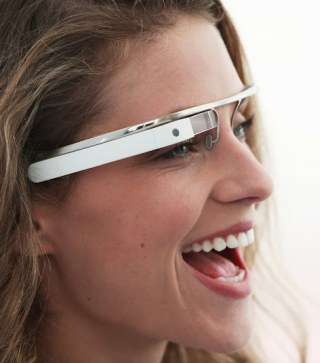The recent announcement that Google was working on a prototype for augmented reality glasses – essentially glasses with a built-in computer – was met with widespread derision and ridicule from the general media. Some people thought it was an April Fool’s joke. Others incredulously questioned the premise. And someone even posted a spoof video on YouTube.

Yes, the concept of a world where people walk around with smartphones built into their glasses is certainly a tenuous one, not the least because we already have smartphones in our pockets that we can already consult whenever necessary. It is hard to imagine anyone with a smartphone investing in a pair of Google glasses, donning the device upon rising in the morning, and then walking around all day with a computer literally staring them in the face. According to the company, a clear computer screen will make up the top half of the glasses, meaning that a user will conceivably look slightly upwards when using the device. He look downwards, straight ahead, or turn the device off when choosing to instead focus on the real world around him. Our familiarity with bifocals aside, this conception is still tough to envision.
But technological advancements always seem ridiculous in advance (remember talk of the tablet just a few years ago?) and you can’t blame Google’s semi-secret “X” laboratory for giving this product a try. Furthermore, when looking long-term, Google’s Project Glass has another burgeoning technology working in its favor: NFC.
NFC, or near field communication, is a technology that allows devices to communicate in close proximity to each other without requiring a physical connection. It acts as a simplified form of WiFi that can quickly transmit information between one NFC-enabled object and another. Currently, it is being actively promoted as a means of making payments without using a credit card; instead, consumers can wave their NFC-enabled smartphone and the transaction will be processed. While this allows for consumer convenience, it can also cause people to further diassociate themselves from their money, in the process forcing them to seek out low interest rate credit cards when they go overboard. But finding a credit card best interest rate is the least of NFC users current concerns – although more and more smartphones boast the technology, retailers have hesitated to get onboard.

